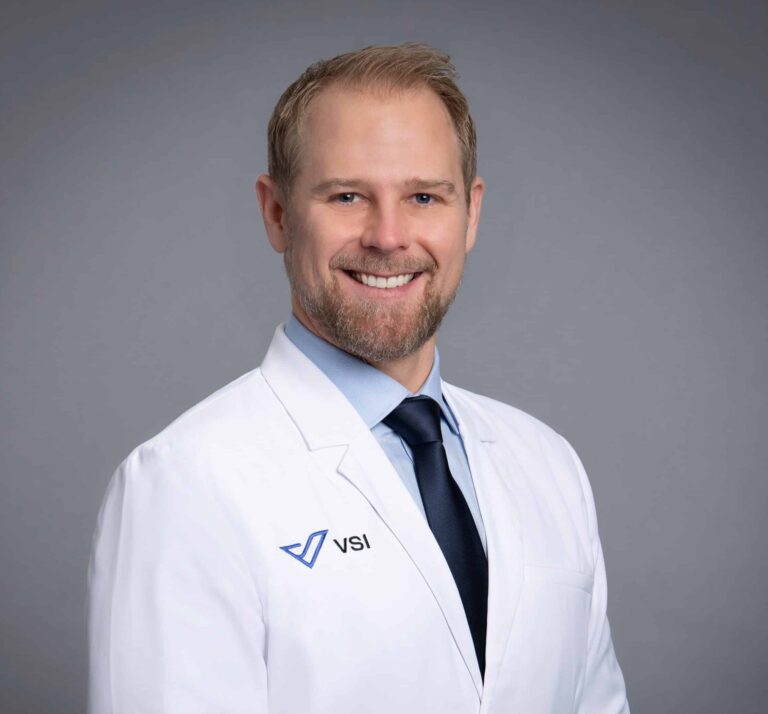Set That Scoliosis Straight! An Overview Of Scoliosis
Scoliosis is an abnormal curvature of the spine that affects approximately seven million people in the United States. The condition often presents itself as an abnormal spinal curve toward either the right or left side, and involves a twisting or rotation of the bones of the spine. As the vertebrae rotate, this may cause clinical change in the appearance of the patient’s back and may also lead to painful degeneration of the spine. In most cases, the cause of scoliosis is unknown – this is referred to as idiopathic scoliosis. Scoliosis can occur in both adolescents and adults, and is believed to be genetic.
Adult Scoliosis
The term adult scoliosis refers to an abnormal curvature of the spine in a patient who has finished growing. It can develop as a result of a childhood curvature that was never treated, or without any previous scoliosis history. Adult scoliosis typically arises from a combination of degenerative spinal conditions including disc degeneration, compression fracture, osteoporosis, and spinal stenosis.
Symptoms
Most patients with scoliosis do not have many symptoms, but larger curves may cause a noticeable deformity, such as a rib hump, or pain. In severe cases the curve may even begin affecting heart or lung function. Other symptoms include:
- Clothes no longer fit correctly
- Shoulders may not be level with one side elevated
- Difficulty standing up perfectly straight
- The back itself may look different
- Leg length discrepancy
- Abnormal walking pattern
Treatment Options
There are several non-operative and operative treatment options for scoliosis patients. This includes bracing, physical therapy, medication management, and spinal injections. Non-operative treatments are effective for patients with small curves, defined as 10◦ to 20◦, while keeping a close eye on the progression of the curvature. Curves greater than 30° to 35° will likely progress into adulthood causing increasing back pain, accelerated disc degeneration, deformity, and problems with the heart and lung. Patients are typically recommended to consider surgery when the curve is larger than 40° to 45°
Treatment options differ for adolescent idiopathic scoliosis and adult scoliosis. Schedule your initial consultation to determine which treatment option is best for you!
Topics covered
About the Author
Featured Resources
Insights to Achieve a Pain-Free Life


